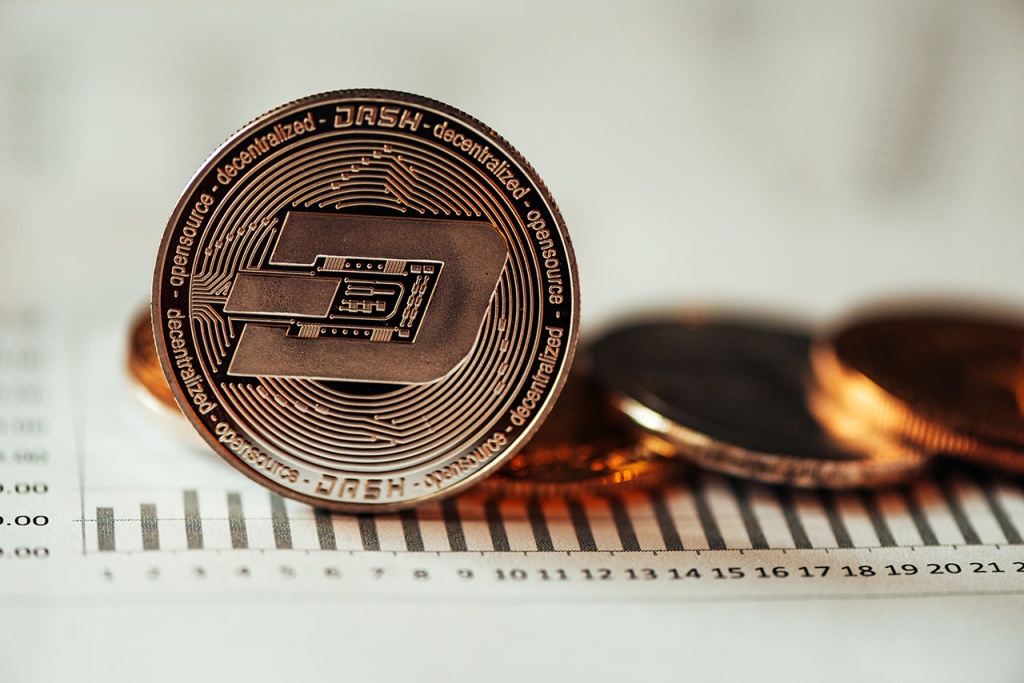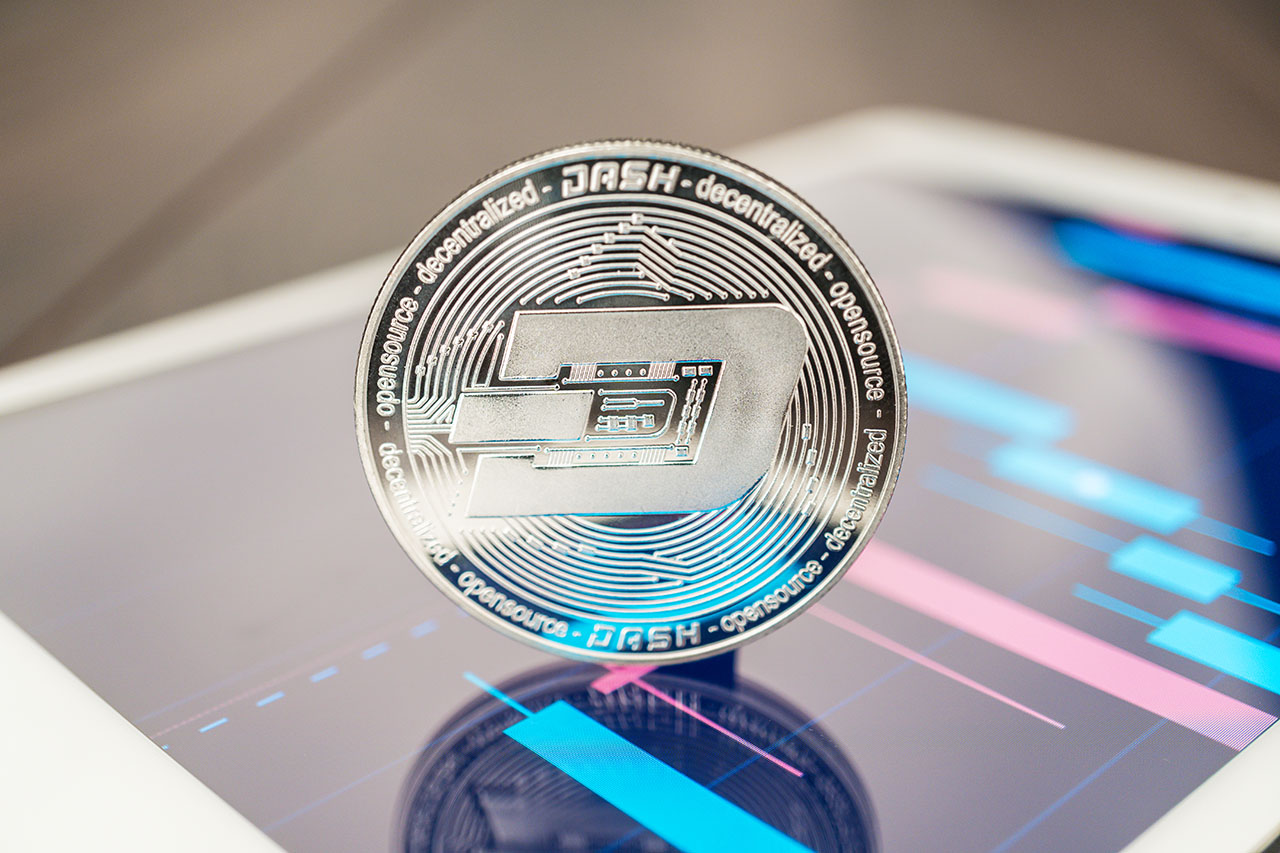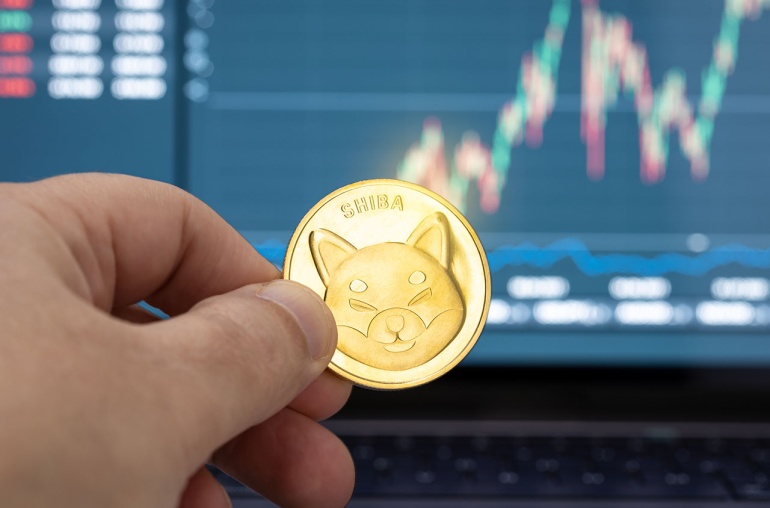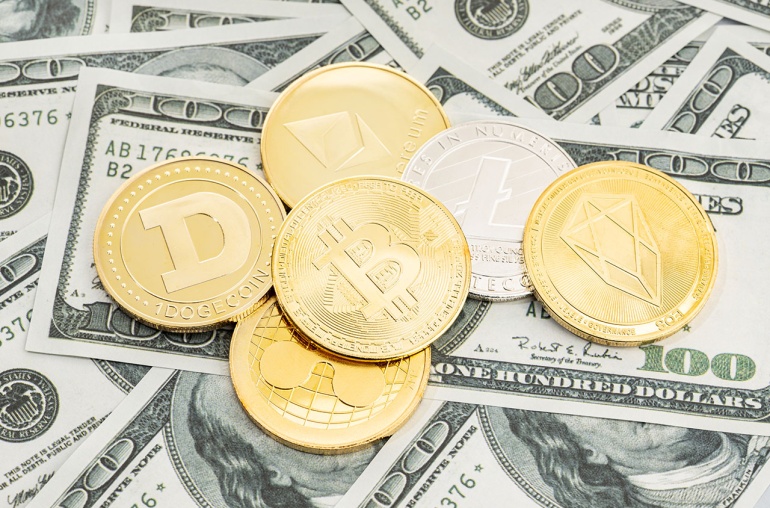The world’s interest in cryptocurrency has spiked tremendously ever since Bitcoin first crossed the $1,000 mark in value. That was in early 2017, and a lot has happened since then. Many new digital currencies benefited from the boom, with Dash (DASH) being one of them.
Based on the same code as Bitcoin (BTC), Dash has been around in one form or another since 2014. It has many similarities with Bitcoin. For instance, no central authority maintains any control over the currency. Furthermore, just like Bitcoin, miners receive Dash tokens as reward for “mining” new transaction blocks. However, this recognition doesn’t come from a bank, government, or other third-party entity. It’s the collective activities of other users on the network.
This post will explain the working mechanism of Dash in detail. So, let’s get straight into it…
Dash (DASH): An Overview
Simply put, Dash is a cryptocurrency and open-source blockchain system that focuses on providing its users with a cheap, fast, and decentralized international payments network.
As per the project’s white paper, Dash looks to improve the capabilities of Bitcoin (BTC) by delivering better privacy and quicker transactions.
Deriving its name from the fusion of “digital cash,” this cryptocurrency saw the light of day in early 2014. Having started as a Litecoin (LTC) fork, Dash has since developed to include features like a double-tiered network accompanied by incentivized nodes (masternodes), instant payment settlement (through InstantSend), decentralized project management, optional extra privacy for user exchanges (PrivateSend), and instant immutability (through ChainLocks).
Dash vs. Bitcoin
As mentioned earlier, Dash is like Bitcoin in many ways. However, it’s also an enhancement of various features of Bitcoin and a solution to some of the problems faced by BTC over the years. For instance, Bitcoin transactions are typically recorded on the blockchain, and other users can instantly trace the individuals involved in that exchange. In contrast, Dash’s anonymous nature makes it almost impossible for anyone (including other network members) to keep track of the entities involved in a transaction.
This is perfect for individuals who don’t want their account balances and exchange history to be viewed by anyone else. Dash accomplishes this with the help of a mixing protocol that uses a cutting-edge network of decentralized servers known as “Masternodes.” As a result, the crypto asset doesn’t require any validation from a trustworthy third-party source that might be vulnerable to being compromised. If that were the case, the integrity of the entire Dash blockchain would be under threat.
The Architects of Dash (DASH)
Dash is the brainchild of software developing duo Kyle Hagan and Evan Duffield. The project was initially named “XCoin,” which became “Darkcoin” shortly after. Another rebranding followed in March 2015, and the moniker “Dash” was adopted in an attempt to bring a positive change in the currency’s image.
Before Dash, Evan Duffield worked as a software developer with finance experience (Hawk Financial Group) and public relations under his belt. He had spent time developing search engines and machine learning algorithms in various roles. Duffield first came up with the idea of Dash in 2012, aiming to add more anonymity and privacy to Bitcoin. This is why the name “Darkcoin” was chosen.
According to the co-founder’s own claims, Dash was supposed to be nothing more than a hobby. He wrote the entire project’s code over a single weekend. From inception until the end of 2017, Duffield performed his duties as the Dash Core Group CEO. He has since stepped down to work on other strategic initiatives while the company focuses on integrations, development, and other related tasks for Dash.
Kyle Hagan also held multiple roles in software development before joining forces with Duffield to launch Dash. He was a co-author of the original whitepaper for Darkcoin. However, Hagan parted ways with the organization near the end of 2014.
Dash’s Source of Value
Since it’s a completely decentralized crypto asset like Bitcoin, the value of Dash isn’t dependent on any tangible items. Instead, it’s derived from mathematics. Moreover, Dash’s algorithm also has an impact on its value. In addition, the open-source software means that any user can easily access the system and check the network to see Dash’s most current value.
Dash Coins In Circulation
Like Bitcoin, there’s a cap on the circulation of Dash tokens. The maximum number that can be floated into the market stands at 18,921,005. However, this figure depends on what decisions are taken regarding the 10% allocation of block rewards. This is usually kept in reserve for budget-related proposals.
In case these allocations aren’t triggered at any point, the maximum number of Dash tokens that can be made available will be 17,742,696. A proof-of-work mining algorithm usually undertakes the creation of new Dash coins. But, the token emission rate is normally decreased by around 7% once every 210,240 blocks. This translates to around 383 days of Dash mining.
The general allocation works like this: around 45% of new Dash tokens are awarded to the miners, 10% are reserved for future plans, and the other 45% go into the kitty of the Masternodes. In August 2020, a proposal to modify the allocation of coins for the Masternodes and miners was approved.
Once this comes into effect, the division would change from 45/10/45 (miners, plans, and Masternodes) to 40/10/50 (miners, plans, and Masternodes). Following Dash’s launch in 2014, about 2 million tokens were successfully mined within the first two days. This exceeded the planned mining schedule by a considerable degree.
Since it was a Litecoin fork, Dash had similar problems at its launch. It even caught the same bug that had plagued Litecoin’s system (difficulty adjustment algorithm) when it arrived on the scene.
Last Words: Where Can You Purchase Dash?

Almost all major cryptocurrency exchanges enable Dash trading. These include Coinbase Pro, Binance, Kraken, Huobi Global, and OKEx, among others. You can buy and sell it against fiat currencies (US Dollar, Euro, etc.), other cryptocurrencies (Ether, Bitcoin, etc.), and stablecoins (USD Coin, Tether, etc.). Keep following The Crypto World for more interesting stuff from the blockchain and cryptocurrency industry.



